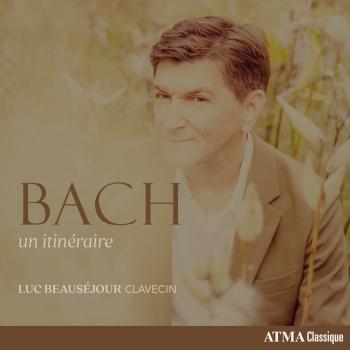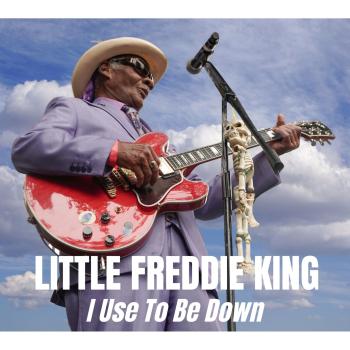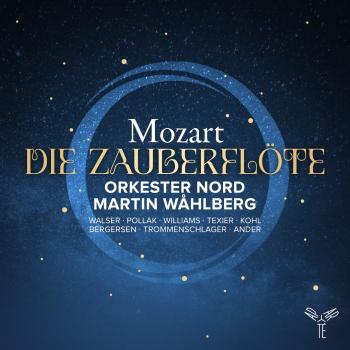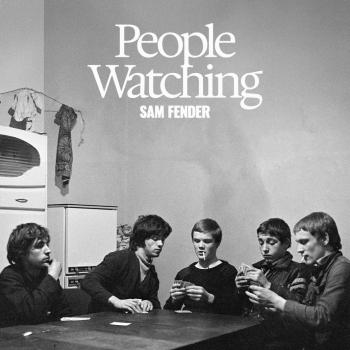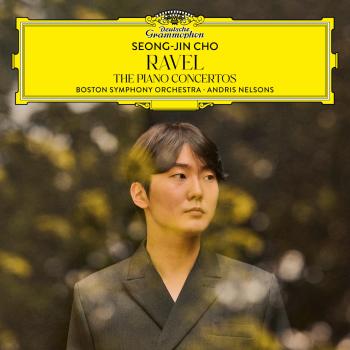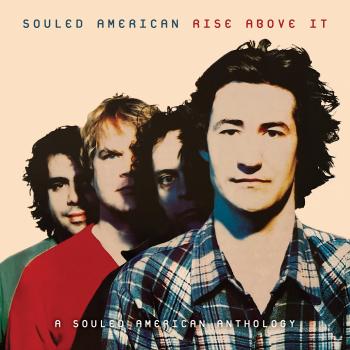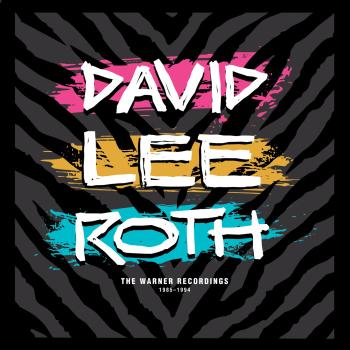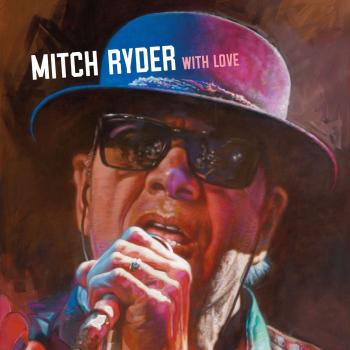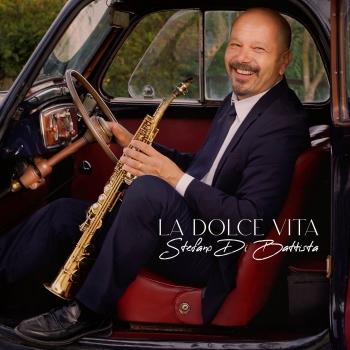Morricone Stories Stefano Di Battista
Album info
Album-Release:
2021
HRA-Release:
02.04.2021
Album including Album cover Booklet (PDF)
I`m sorry!
Dear HIGHRESAUDIO Visitor,
due to territorial constraints and also different releases dates in each country you currently can`t purchase this album. We are updating our release dates twice a week. So, please feel free to check from time-to-time, if the album is available for your country.
We suggest, that you bookmark the album and use our Short List function.
Thank you for your understanding and patience.
Yours sincerely, HIGHRESAUDIO
- 1 Cosa avete fatto a Solange (From "What Have You Done to Solange?") 03:59
- 2 Peur sur la ville (From "Fear over the City") 03:22
- 3 La cosa buffa 04:21
- 4 Verushka 04:45
- 5 Deborah's Theme (From "Once Upon a Time in America") 03:42
- 6 Metti, una sera a cena 03:54
- 7 Apertura della caccia (From "1900") 04:56
- 8 Il grande silenzio (From "The Great Silence") 04:16
- 9 Flora 02:34
- 10 La donna della domenica (From "Sunday Woman") 06:39
- 11 Gabriel’s Oboe (From "The Mission") 03:30
- 12 The Good, the Bad and the Ugly 03:31
Info for Morricone Stories
Eine moderne Hommage an Ennio Morricone: Ennio Morricones Filmmusiken nehmen sich, verbunden mit abwechslungsreichen, szenischen Bildern, wie eine endlose Schatzkiste an kreativem Denken aus. Sie sind außerdem so vielseitig, als ob sie nur darauf warteten, erforscht, novelliert und wiederentdeckt zu werden. Die Stücke der Komponistenlegende wären gleichermaßen unterhaltsam und vollkommen wiedererkennbar, wenn sie von einem bulgarischen Chor oder einem Okarina-Quintett aufgeführt würden. Bringt man den Jazz hingegen ins Spiel, erschließt man Morricones Musik eine ganz neue Welt und bringt zusammen, was genau passen will, weil seine Kompositionen und die freie Musik auf natürliche Weise vielleicht sogar eine unvermeidliche Partnerschaft eingehen sollen. Das liegt zum Teil an einem charakteristischen Merkmal von Morricones Musik: hochgefühlvolle Melodien werden in Texturen von intelligenten Harmonien platziert, was auch den Jazz kennzeichnet – insbesondere, wenn er von jemandem wie Stefano Di Battista gespielt wird.
Der Saxofonist macht sich die Themen Morricones zu Eigen und spielt mit ihnen wie mit einem magischen Stoff.
Morricones Kompositionen schaffen spezielle und mysteriöse Musik, die auf beinahe unerklärliche Weise unseren Seelen erfüllt. Stefano Di Battista empfand zum Glück keine Verpflichtung dazu, sich während der Konzeption seines neuen Albums „Morricone Stories“ ausschließlich an Morricones berühmtesten Filmmusiken, also jenen Scores zu orientieren, die fest im kollektiven Gedächtnis verankert sind. Teilweise wählte Stefano bewusst weniger bekannte Themen, oder besser gesagt Melodien kaum bekannter oder vergessener Filme aus wie „Veruschka“ oder „What Have You Done To Solange?“ (deutscher Titel: „Das Geheimnis der grünen Stecknadel“).
Sein Motiv: Tiefer im Repertoire graben, in dem es immer noch viel zu entdecken gibt, um daran zu erinnern, dass Morricone Soundtracks zu mehr als 500 Filmen lieferte, von denen heute gerade mal eine Handvoll bejubelt werden.
Die Stücke auf „Morricone Stories“ wurden von Stefano gleichsam präzisiert, veredelt und perfekt in Jazz-Standards umgewandelt. Natürlich bereiten sie den Zuhörern das Vergnügen, Themen, die man in und auswendig kennt, neu zu entdecken, wie das swingende und geistreiche Thema aus dem Filmdrama „Metti, Una sera a cena“ oder die Melodie des Spaghetti Westerns „The Good, the Bad and the Ugly“. Letzteres erfand Stefano als duellierende Improvisation neu. Das Saxofon nimmt sich darin der kurzen Hast an Noten an, die vom Ruf eines Coyoten inspiriert wurden, bevor sie ins reine Gefühl von „Deborah’s Theme“ aus „Once Upon A Time In America“ übergehen und darin Auflösung finden. Gleichzeitig zitiert es eins von Morricones größten Werken schlechthin, eines, das ihm besonders gefiel, verkörpert es doch sein Ideal einer Melodie, die das größtmögliche Resultat mit einem Minimum an Noten erreicht. Außerdem gibt es eine wendige Überarbeitung von „The Mission“ zu erkunden, dessen Oboen-Noten im Original für Stefanos Sopran-Saxofon transponiert wurden.
„Flora“ ist die große Überraschung auf dem Album. Das bislang unveröffentlichte Stück schenkte Morricone, der vielverehrte Komponist, Stefano Di Battista. Im Ergebnis ist „Morricone Stories“ ein makelloses Album geworden, das eine Serie von anderen Platten hervorbringen könnte – ganz so, als ob ein Teil von Morricones Denken, vielleicht unabsichtlich, Richtung Jazz gerichtet war.
Stefano Di Battista, Alt- und Sopransaxophon
Fred Nardin, Klavier
Daniele Sorrentino, Kontrabass
Andre Ceccarelli, Schlagzeug
Stefano di Battista
Born February 14, 1969 in Rome, Stefano Di Battista initiated himself into music during childhood, in a neighborhood orchestra composed mainly of brass. Having started the saxophone at the age of thirteen, he came to jazz through the records of Art Pepper and Cannonball Adderley, two musicians who will remain lasting influences. He then follows an academic training before starting to “do the job” in pop music. His first meeting with Massimo Urbani (1957-1993), an Italian alto saxophonist admirative of Charlie Parker’s style, also plays a decisive role in his ambition to become a jazz musician. However, it takes a combination of circumstances so that the talent of the young Roman saxophonist can burst into the open.
Encouraged to go to Paris by the pianist Jean-Pierre Como who heard him during the summer of 1992 at the Festival of Calvi, Stefano Di Battista quickly makes his way among several musicians of the French capital, who help him getting started, notably drummer Aldo Romano (Stefano is a guest on two albums) and conductor Laurent Cugny, who invites Stefano and his fellow trumpeter Flavio Boltro to join the Orchestre National de Jazz he established in 1994. Even if he is mainly active in France, he maintains close links with the Italian jazz community, recording with his compatriots Enrico Rava (1996), Rita Marcotulli (1998), Daniele Scannapieco (2003) and Dario Rosciglione ( 2004).
His third album on Blue Note, Round About Roma (2002), is therefore recorded with a transalpin quartet (Eric Legnini, André Ceccarelli, Rosario Bonaccorso), featuring a symphonic orchestra arranged and conducted by Vince Mendoza. Stefano then releases two more albums on Blue Note, a tribute to Charlie Parker, and the virtuosic Trouble Shootin’ (2007), featuring Fabrizio Bosso on trumpet and Baptiste Trotignon on the Hammond.
A couple of years later, he records his album Woman’s Land (2011) on the Italian label Alice Records, taking as an inspiration several female historic figures of the 20th century. At the same time, he starts a long-lasting collaboration with Italian singer Nicky Nicolai, accompanying her on her own projects.
A much requested sideman, Stefano di Battista is often invited to play with his French and Italian colleagues, on stage and in the studio. His ability to engage a musical conversation with other artists can be found on his later albums. Giù la Testa (2014) is recorded with French guitarist Sylvain Luc, who is as proficient as Stefano in mastering the melody. He then features again Nicky Nicolai on an original project with writer Erri De Luca, La Musica Insieme, at the boundary between Neapolitan literature and musical performance.
For 2021, Stefano Di Battista is working on a new album : a tribute to the late composer Ennio Morricone, with whom he had the chance to work. This new project features André Ceccarelli on drums, Fred Nardin on the piano and Daniele Sorrentino on bass.
Booklet for Morricone Stories

